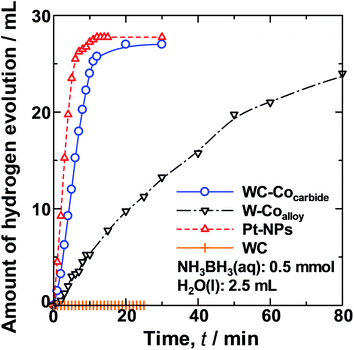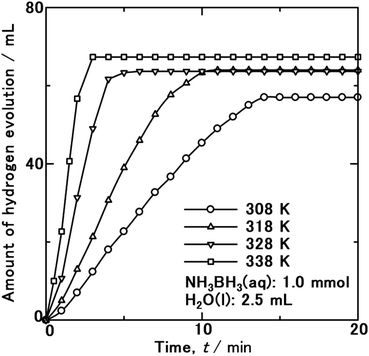


兵库大学:从氨中提取氢气:廉价的新催化剂
-以更低的成本生产氢气-
兵库大学工学研究科
Masao Morishita 教授(热力学)
研究团队:
与昂贵的铂金一样的效率,
氢可以从氨化合物中提取,
我们开发了一种“廉价稳定的新型催化剂”。
从氨中提取氢气:
从氨以低成本生产有望成为下一代能源的氢,
有望应用于利用技术。
研究结果发表在英国皇家化学会期刊上。
需要廉价的新催化剂:
目前在世界各地
氢气以氨等形式储存。
正在研究“在需要时使用催化剂取出的新催化剂”。
目前,铂作为催化剂的性能最高。
然而,由于成本高,需要开发廉价的替代催化剂。
专注于碳化钨 (WC):
它具有类似于铂的电子轨道(电子态)并具有电子态。
预计作为替代催化剂 50 年,
我们再次关注碳化钨(WC)。
“WC无磁性”是催化性能的区别:
物质的磁性称为“磁性”。
铂金具有“顺磁性”的特性,当磁铁靠近它时就会粘住。
另一方面,WC 是不粘的“非磁性”。
我认为这导致了催化剂性能的差异。
WC 与“铁磁性”金属钴混合
作为测试,WC有自己的磁铁特性,
我混合了“铁磁性”金属钴。
铁磁特性表现:
当它用作催化剂时,它是由溶于水的氨化合物制成的。
“提取氢的效率几乎与铂相同。”
森下教授评论:
通过混合钴
钴的磁力产生的氢核
可以绘制和对齐。
看起来变成氢分子变得更容易了。
森下教授的演讲:
磁性与氢的催化性能有关,这是第一次变得清晰。
“它将用于使用铂作为催化剂的其他用途,”他说。
每日新闻
https://mainichi.jp/articles/20220104/k00/00m/040/247000c
新闻稿
2021 年 6 月 | 兵库大学
确认磁性材料对无铂制氢催化剂活化的影响
影响
兵库大学工学研究科
森下正夫教授
我们发现磁性材料对氢生成催化剂的活化有影响。
这项研究的结果
基于内部磁场的概念,
新催化剂设计策略,
第一时间展现在世人面前。
这是一个非常划时代的发现。
https://www.u-hyogo.ac.jp/outline/media/press/2021/monthly/2021_06.html
Catalytic activity of Co-nanocrystal-doped tungsten carbide arising from an internal magnetic field
RSC Advances (RSC Publishing) DOI:10.1039/D1RA01181B
Abstract
Pt is an excellent and widely used hydrogen evolution reaction (HER) catalyst.
However, it is a rare and expensive metal, and alternative catalysts are being sought to facilitate the hydrogen economy.
As tungsten carbide (WC)
has a Pt-like occupied density of states, it is expected to exhibit catalytic activity.However, unlike Pt,
excellent catalytic activity has not yet been observed for mono WC.One of the intrinsic differences between WC and Pt is in their magnetic properties;
WC is non-magnetic, whereas Pt exhibits high magnetic susceptibility.
In this study, the WC lattice
was doped with ferromagnetic Co nanocrystals to introduce an ordered-spin atomic configuration.
The catalytic activity of the Co-doped WC was ∼30% higher than that of Pt nanoparticles for the HER during the hydrolysis of ammonia borane (NH3BH3),
which is currently attracting attention as a hydrogen fuel source.
Measurements of the magnetisation, enthalpy of adsorption, and activation energy indicated that
the synergistic effect of the WC matrix promoting hydrolytic cleavage of NH3BH3 and the ferromagnetic Co crystals interacting with the nucleus spin of the protons was responsible for the enhanced catalytic activity.
This study
presents a new catalyst design strategy based on the concept of an internal magnetic field.The WC–Co material presented here
is expected to have a wide range of applications as an HER catalyst.
https://pubs.rsc.org/en/content/articlehtml/2021/ra/d1ra01181b